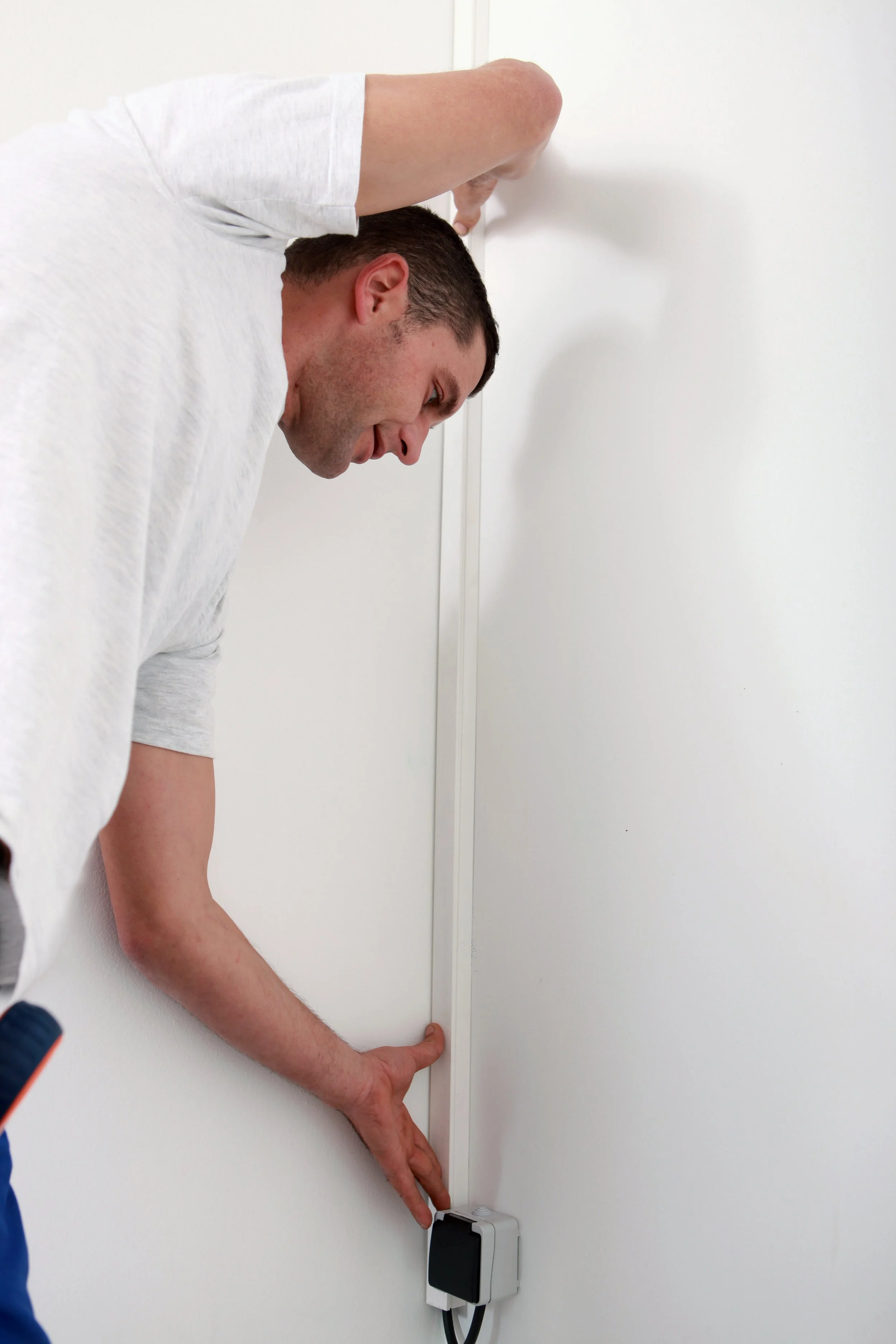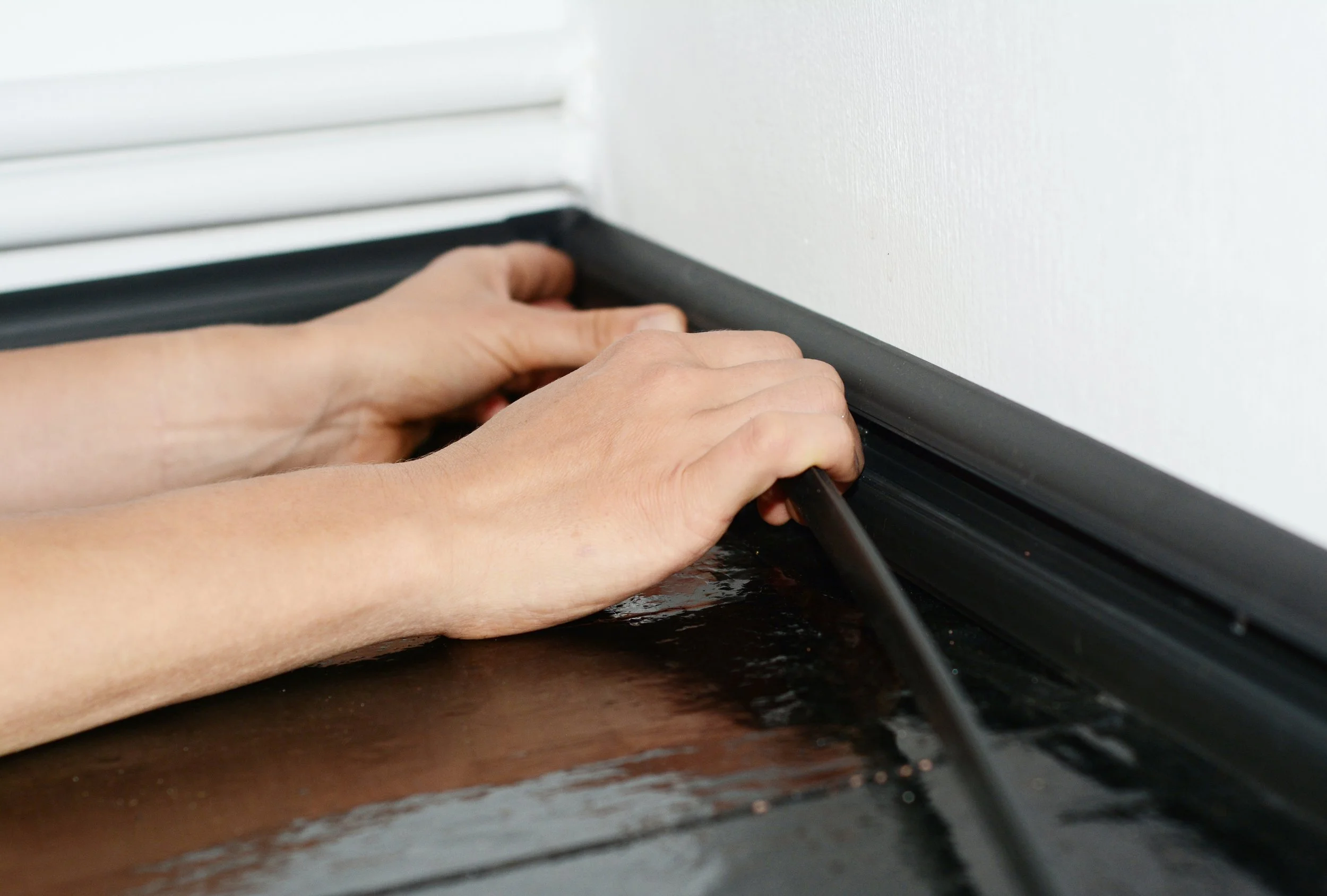7 Creative Ideas To Hide Ducts And Wires In Your Home
RH Business Marketing Solutions
It’s a no-brainer that ducts and wires aren’t attractive when left out in the open. They create visual clutter that interferes with your home’s decor. However, hiding ducts and wires isn’t a walk in the park, especially if your home isn’t naturally built to hide them. So, if you’re having trouble hiding all your ducts and wires, you’ve come to the right place. This article illustrates creative ideas on the same to keep them out of sight and mind. These ideas include;
1. Using Soffits
Soffits are box-shaped walls that connect your cabinets to the ceiling. This means they’re located at the top of cabinets and extend to the ceiling. They hide elements such as ducts, plumbing, electronic wire, and pipes. Additionally, soffits can boost your home’s aesthetics as they come in many colors and designs. Soffits are hard to install, and it’s wise to have them installed by professionals like the Hardie Boys.
Soffits are also usually found in exterior settings. Your home’s exteriors can also benefit from these, allowing you to hide wires and ducts outside. To boost your home’s exterior appeal, opt for soffits that match the materials used in designing your home. Visit hardieboysinc.com to see what materials can be used for your soffits.
2. Designing A Drop Ceiling
Another creative way to hide ductwork, electrical wires, and pipes is by adding a drop ceiling if your ceiling is too high. A drop, also known as a suspended ceiling, is an additional ceiling installed under the main one to hide wires, pipes, and ducts. However, it can also hide structural damage and improve your home’s curb appeal. It’s good to note that installing a drop ceiling can be a do-it-yourself project if you have the right experience. However, if you’ve never done it before, hiring professionals to do a perfect job without errors is wise.
3. Painting Your Duct Work And Wires
The simplest and cheapest way to cover your ducts and wires is by painting them the same color as your ceiling or walls. However, this works if there’s no extra insulation around the ducts and wires. Although this may not hide your ducts and wires, it makes them complement your walls and ceilings, thus making them unnoticeable. This doesn’t only helps blend in your ducts and wires but also boosts your interior design decor.
4. Using Trust Joist I-Joist (TJIs)
Trust joists are beams running horizontally below the ceiling. TJIs don’t enclose ducts and wires but run perpendicular to ducts and wires. They make the ducts and wires appear unique and natural. Unlike bulkheads, installing TJIs is more complex and must be installed by a professional.
5. Installing A Bulkhead
A bulkhead is an extra attachment to the main ceiling, similar to a drop ceiling. It’s used to enclose wires, pipes, and ducts. The significant difference between a bulkhead and a drop ceiling is that a bulkhead conceals a part of the ceiling, while a drop ceiling covers the whole ceiling. Bulkheads can be made in different styles, from wood pilings to steel, vinyl, or composite materials. For instance, they can be installed along the room’s perimeter and have lights added. Bulkheads can also be designed to mimic rafters. Finally, bulkheads are easy to install and can be handled as DIY projects, as there are many online tutorials to help you out.
6. Settle For Flattened Ducts
Ducts are often bulky, and you can’t contain them without interfering with air circulation in your home. However, you can replace the ducts with differently shaped ducts, which still allow the same airflow amount. Rather than working with round or square-shaped ducts, you can opt for rectangular-shaped ones that are flatter. The rectangular ducts are narrower but broader than the round ones, allowing adequate airflow into your house. Although you’ll still install drop ceilings or soffits to hide them, you’ll have more head space.
7. Running Wires Under Your Carpet
If your living room is carpeted or has rugs consider running your flat wires beneath them. Flat wires won’t cause bumps like standard cables. However, if you run the wires under your carpets or rugs, you’ll need fish or under-carpet tape to hold the wires in place. Flat wires are preferred as they contribute to the longevity of the carpet. Rounded wires aren’t preferred as they wear out the carpet if positioned in a high-traffic area. Furthermore, when running wires under your carpet, ensure to run them along your walls if possible. This prevents the wires from being stepped on.
Conclusion
Ducts and wires are an eyesore when left out in the open. However, without them, you wouldn’t have air circulation in your home or use electrical devices. Fortunately, the above creative can create an appealing space free from wire and duct clutter.

